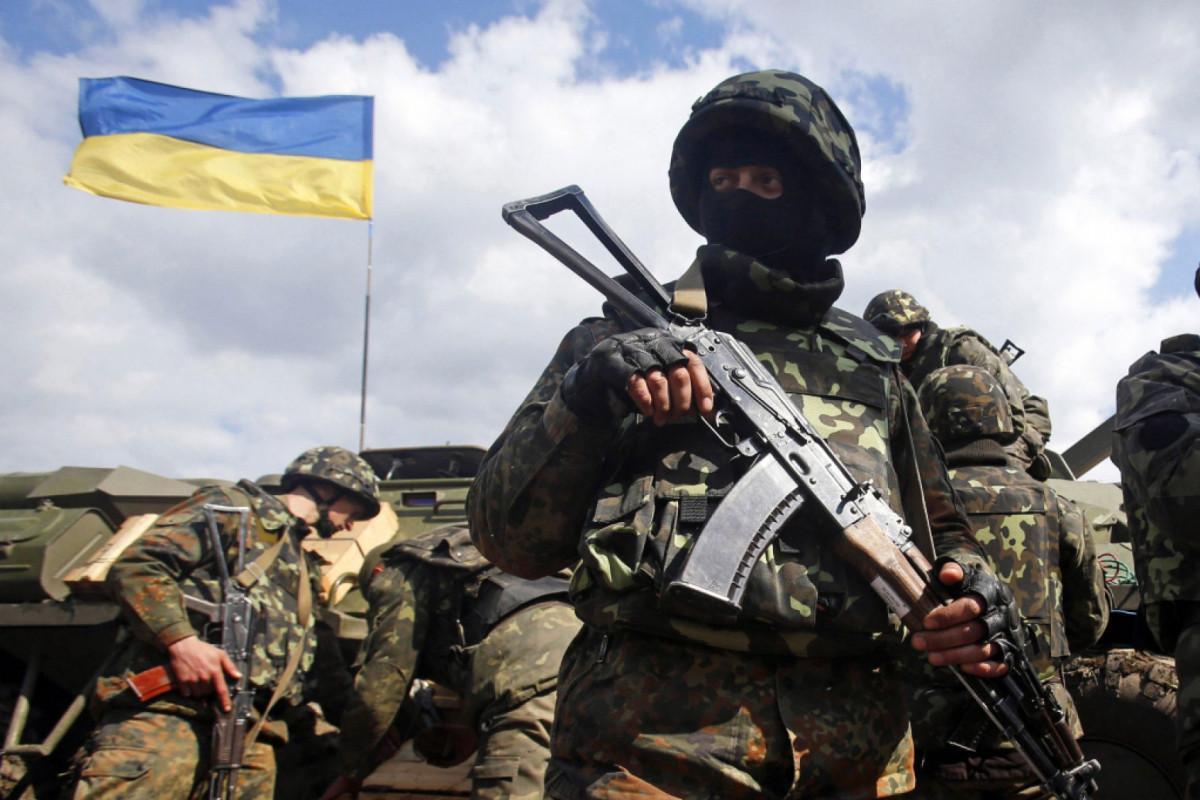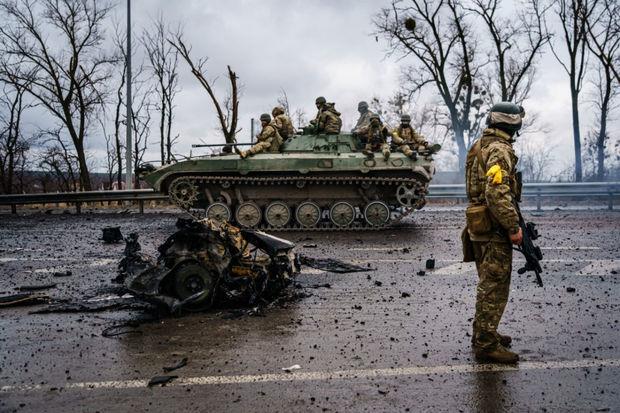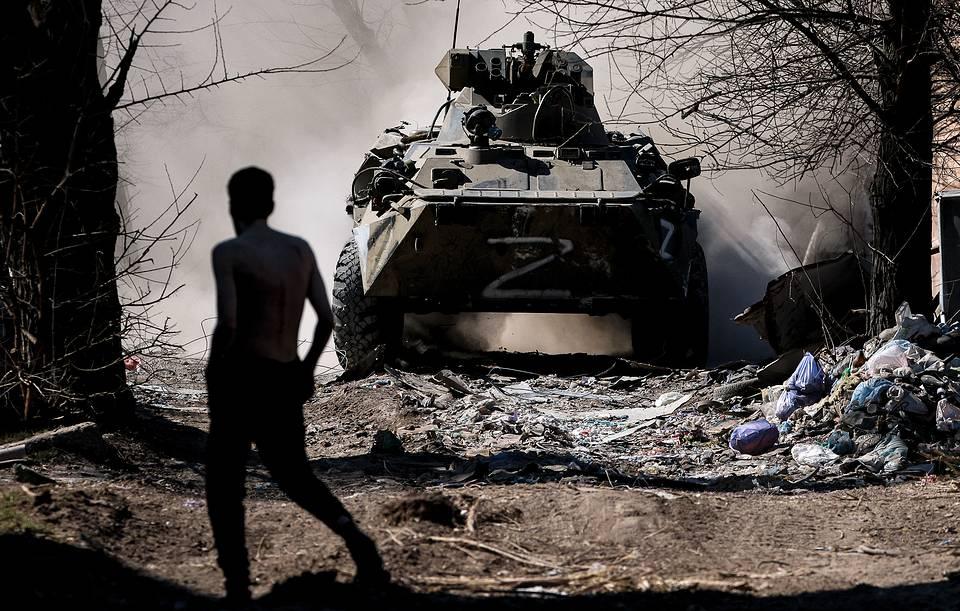"Strategic deadlock" of Russian Armed Forces in Ukraine Comments of Strelkov-Girkin
The ex-head of the “Ministry of Defence” of the so-called “DPR” (Donbass People’s Republic), one of the active instigators of the war in Donbas, retired Colonel of the Russian Federal Security Service, Igor Strelkov-Girkin, has sorted out the current situation on the Russian-Ukrainian front.
"It's hard for me to answer questions like: 'What's new at the fronts?' There are fights almost everywhere. There are positional battles in some parts, offensive and (increasingly) defensive - in others. In general, except for the Donbass and Kharkiv region, the front is stable. Our men and the Ukrainians trenching around. And this is very bad. Why? Because if a month or a month and a half ago the enemy had only mobile defences in the Nikolaevsk and Kryvyi Rih directions, now they are strenuously creating strong points on the front lines and in their near rear, which then inevitably have to be taken for a very long time and with heavy losses. Like Mariupol, like Popasna, Izyum, Rubizhne and Severodonetsk. Once again we will have to conduct hard and bloody battles for every village, every grove and hilltop, paying dearly with Russian blood for every few hundred meters that we pass. And there seems to be no one to "ask" for this – "it turned out that way by itself, along with the objective course of events". But this is not the case.
At the beginning of the operation, the RF Armed Forces were demonstrating highly manoeuvrable actions, and deep strategic breakthroughs of tens and even hundreds of kilometres. They failed because of the reasons that I have already mentioned and described more than once (at the beginning a radically wrong evaluation of the operational situation that was laid down at the basis of the military planning and the extreme lack of forces and means, associated with this evaluation, to consolidate and control the traversed territory, and so on). Nevertheless, despite the disconcerting "half failure" (there was no "run to the border" in the south) of the first phase of the operation, it (in comparison with the "second concrete" phase) looks much more "alive" than the "bloody push-pull", which the military actions from late April up to the present day had morphed into. Simply because at the first stage there was no deliberate purposeful and even "glorified in advance" by near-military "experts" sticking the active army into a strategic deadlock. The military decisions were firm and aimed at achieving a decisive victory.

While even the complete success (which is not visible in the near future) of the second phase will at best lead only to costly (in terms of losses in manpower and equipment) relatively small territorial gains achieved by forcing the enemy out of the territory of Donbass.
Let's imagine for a moment that the enemy in the next few weeks will still be completely defeated by continuous frontal and flank attacks and completely knocked out of the "LDPR" (Luhansk and Donetsk People's Republics). Will it put an end to the war? No, not at all. At most, it will shorten the front line and nothing more. Let's say, the enemy takes heavy losses (they are taking them now). But during these few weeks, they will be able (through continuing mobilizations) to prepare new fresh reserves. Moreover, now they have already these reserves! The enemy is so confident in the strategic stability of its front (on which the surrender of 1-2 settlements in 2-3 days has no effect) that it continues to keep a relatively large grouping on the border with Transnistria and even created a new one (several battalion tactical groups, BTGs) on the border with Belarus. And they continue to form new units and formations both in the hinterland and in the Sumy and Chernihiv regions, abandoned by the Russian troops during the "run to the border".
That is, when our formations weakened by heavy fighting and bloody assaults reach the borders of the "LDPR", they will be met by fresh and well-equipped AFU formations on the lines prepared in advance for defence. And even if these fresh formations do not want (for some reason) to seize the initiative and launch a counteroffensive (one or more), the Russian Federation will still face the prospect of a long positional war that is almost (in current realities) destructive for our economy, social and socio-political stability.
But I will honestly say: having received enough reports from the battlefield from soldiers, junior and middle commanders, sufficient to roughly imagine the picture of the overall situation on the front - I personally do not have much hope that the task of complete cleansing of Donbass will be accomplished at least until mid-June. Moreover, I believe (with a high degree of probability) that it will not be accomplished until the very moment when the AFU will try to seize the strategic initiative by launching offensive operations already planned right now (I am sure). I believe the most dangerous direction in this regard is Kherson since (and the enemy is well aware of it) the same (in terms of the armament and equipment) units of "DPR" reservists are in defence there, which (only "Luhansk" ones) the enemy has already thrown back to the Russian border in the Kharkiv region. Moreover, the Donetsk reservists - in fact, the militia - will certainly fight. And they will fight hard. But their armament and equipment "leave much to be desired" approximately as much as their command, or even more (probably I'm exaggerating).

Let's say the enemy, for some reason, will not attack, but will limit themselves to standing on newly constructed defensive lines (suggesting that our generals continue to "smash their soldiers' foreheads against numerous "fortresses"). And what will the high command do in this case? After all, without a breakthrough of the newly created positions, and occupied by large enemy forces - there will be no defeat of the AFU. And without the defeat of the AFU, there will be no final victory - no matter how much you shoot at the rear facilities, it will still not be enough to completely paralyze the Ukrainian transport network and destroy the economy "to the ground". Moreover, it is impossible to hope for victory "by exhaustion" given that the "rear" for the AFU is practically all of Europe plus North America. That is, we will have to try to defeat the enemy in field battles. And, excuse me, by whom and with what? If there is not yet even a partial mobilization?
No one can give a clear answer to these questions. Simply because there are none. As long as the saboteurs in the president's entourage assure him that everything is fine, nothing will change. And when it does change (unfortunately, the "surprises" will probably be no less disheartening than those that preceded the "run to the border"), it will be too late to do much about it...
But in the meantime...
- South of Izyum, units of the RF Armed Forces and the "LDPR" still encounter the Ukrainian defences on the approaches to the Slavyansk-Barvenkovo highway and to Slavyansk itself (no information on progress in the past couple of days);
- There are heavy battles with slow advance north of Popasna and south of Lisichansk (no "trap" for the enemy in this area yet - just a probable "bag" with a very wide "neck", which our fighters will still need to "tie up", which the enemy is also well aware - the AFU is not run by morons, but by specialists from NATO);
- Also slowly, our troops are "encircling" the town of Liman (Krasny Liman) and trying to break through to Sviatogorsk;
- Near Donetsk, fierce attacks continue northeast of Avdeevka and southwest of Gorlovka, I have no information about the progress in the area south of Maryinka in the last 24 hours (at least for now).

In Mariupol, the enemy's final surrender of Azovstal and the capture of the group defending it is a major propaganda success, but - in the overall picture - it is a delayed consequence of the relative success of the first phase of the operation, rather than the "second specific". In real-time and from a military point of view it is also, unfortunately, a purely tactical success. No more than that.
General conclusion: our successes are still purely tactical. The enemy is trying to hold on to all the militarily and propaganda important major population centres. And, in all likelihood, has enough forces and reserves to hope for success in this. If not complete, then at least partial. "The 'battle of attrition (as I have noted more than once - as a military decision, I rate it no higher than 'idiotic') in Donbass continues and the 'strategic deadlock' (for the Russian Armed Forces, but not for the AFU, which is buying time) is getting intense," Strelkov-Girkin wrote.








